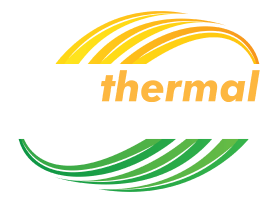Inverters are vital to your solar power system. Solar panels generate electricity through the “photovoltaic effect”, which generates direct current (DC) electricity. Our homes are powered by alternating current (AC); the inverters job is to take the DC power and convert it to AC power.
String inverters are the most common inverter type used, and are used when there is a battery backup present. Panels are strung together to form strings and then are connected to the inverter. Multiple strings of panels can be connected to a centralized inverter. The downside of string inverters is that they can only optimize at string level, not at an individual panel level. This means that if one or more panels in a string are shaded, the whole string will then operate at that lower efficiency. This is where optimizers come into play. We install TIGO optimizers with our solar systems. Optimizers are installed on the back side of each panel and allow each panel to operate at the highest efficiency possible. If one panel is shaded, it won’t affect the efficiency of any other panel. Otimiizers also allow you to monitor each individual panels performance.
Microinverters are another type of inverter used in solar power systems. Microinverts are located on the backside of panels, and convert the DC power to AC directly on the roof. You can connect up to four panels to one microinverter with the AP microinverters we install. We use microinverters for solar power systems that do not have a battery backup. Microinverters also allow you to minor the performance of each individual panel.
